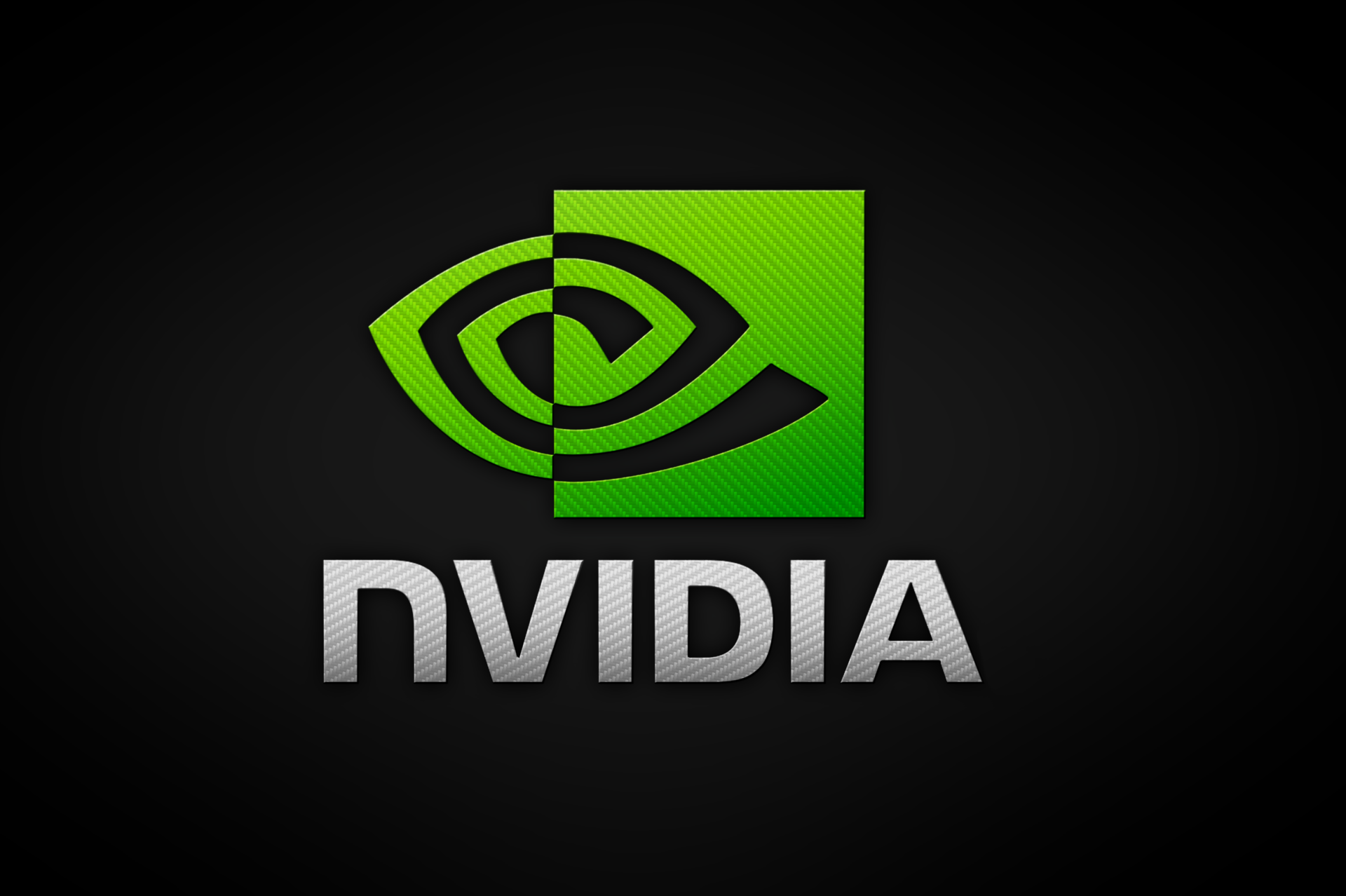Nvidia is a global leader in artificial intelligence hardware and software. Its professional line of GPUs are used in workstations for applications in such fields as architecture, engineering and construction, media and entertainment, automotive, scientific research, and manufacturing design. In addition to GPU manufacturing, Nvidia provides an API called CUDA that allows the creation of massively parallel programs which utilize GPUs.
The company’s milestones:
On April 5, 1993 – Nvidia was founded by Jensen Huang (CEO as of 2022), a Taiwanese-American, previously director of CoreWare at LSI Logic and a microprocessor designer at Advanced Micro Devices (AMD), Chris Malachowsky, an electrical engineer who worked at Sun Microsystems, and Curtis Priem, previously a senior staff engineer and graphics chip designer at Sun Microsystems.Ư
In 1995 – NVIDIA NV1, the company’s first product, is launched. The PCI card was sold as the Diamond Edge 3D, featuring a 2D/3D graphics core based on quadratic texture mapping.
In 1996 – NVIDIA unveils its first Microsoft DirectX drivers with support for Direct3D, an API used to render 3D graphics where performance is critical.
In 1997 – The company introduces RIVA 128, the world’s first 128-bit 3D processor. It receives OEM acceptance, and more than one million units are shipped within its first four months.

In 1998 – The Fabless Semiconductor Association votes NVIDIA the Industry’s Most Respected Private Fabless Company for the second consecutive year.
In 1999 – Nvidia released the GeForce 256 (NV10), most notably introducing on-board transformation and lighting (T&L) to consumer-level 3D hardware.
In 2001 – With the nForce platform, NVIDIA enters the integrated graphics market.
In 2002 – Fortune magazine names NVIDIA the fastest-growing company in the U.S.
In 2004 – NVIDIA teams up with Blizzard Entertainment on the release of World of Warcraft in 3D graphics. The massively multiplayer online game would go on to become the world’s most popular.

In 2005 – Nvidia Develops Processor For Sony Playstation 3.
In 2006 – Nvidia released a programming tool kit called CUDA that allowed coders to easily program each individual pixel on a screen.
In 2007 – NVIDIA was honoured as Company of the Year by Forbes magazine for its rapid growth and success.
In 2009 – 3D Vision, the world’s first high-definition 3D stereo solution for the home, is launched at CES.
In 2010 – NVIDIA Tesla GPUs power world’s fastest supercomputer, China’s Tianhe-1A.
In November 2011 – After initially unveiling it at Mobile World Congress, Nvidia released its Tegra 3 ARM system-on-a-chip for mobile devices. Nvidia claimed that the chip featured the first-ever quad-core mobile CPU.

In January 2013 – Nvidia unveiled the Tegra 4, as well as the Nvidia Shield, an Android-based handheld game console powered by the new system-on-chip.
On May 6, 2016 – Nvidia unveiled the first GPUs of the GeForce 10 series, the GTX 1080 and 1070, based on the company’s new Pascal microarchitecture.
In May 2017 – Nvidia announced a partnership with Toyota which will use Nvidia’s Drive PX-series artificial intelligence platform for its autonomous vehicles.
In 2019 – NVIDIA Studio is unveiled, a platform designed to dramatically improve performance and reliability for the world’s 40 million online and studio-based creatives.
In 2020 – Nvidia’s top scientists developed an open-source ventilator in order to address the shortage resulting from the global coronavirus pandemic.
According to zippia.com; en.wikipedia.org; www.nvidia.com. Source of photo: internet








